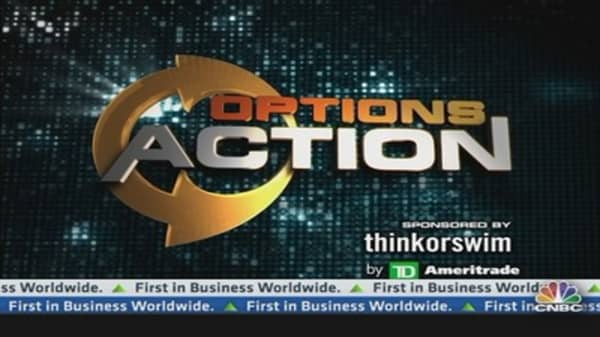Well, Exxon's position in Iraq could turn into a headwind. The company has contracts with two rival political factions in the country, and is likely to be able to work with only one going forward.
Investors should also be wary of declining output at Exxon. Refining margins are keeping the company's downstream profits high, and these are compensating for lackluster profits in the upstream operations—but this is not a recipe for growth.
The company will need to continue to replace older oil fields with new ones, which is easier said than done. That said, Exxon's vice president for investor relations told analysts that the company is developing production in Romania, Tanzania, Siberia, Argentina, and Columbia, which is "probably as balanced a portfolio that we've seen in a long time."
Only time will tell us if Exxon can develop these assets into lucrative production centers. For now, though, it makes sense to hedge some of the downside risk in the stock—and this trade is a good example of a low-cost, fixed-risk hedge. Against a long stock position, this trade will minimize losses should the stock fall between $87.5 and $80.00, but only costs $1.70, thus leaving much of the stock's potential upside left for investors.
I don't have a position in XOM, and for the reasons stated above, I have actually kept investors in refining plays like Marathon Petroleum instead of going for the "big oil" play.
Disclosures: None to report.
Brian Stutland is Managing Member of Stutland Equities and a contributor to CNBC's "Options Action."





